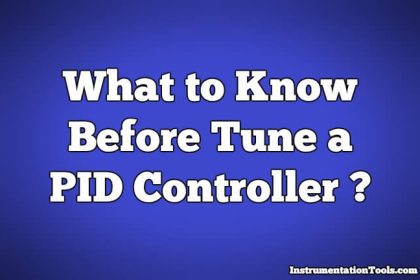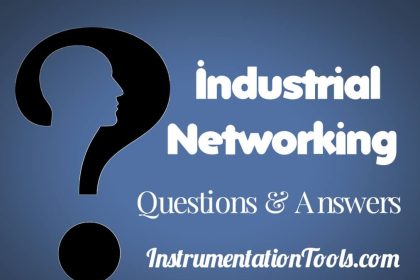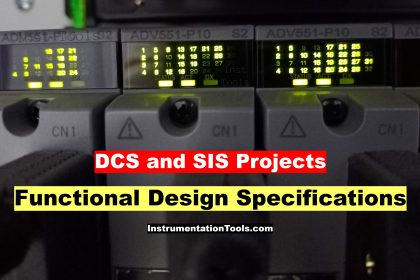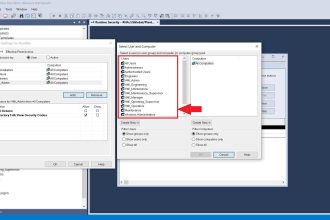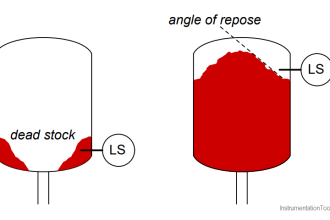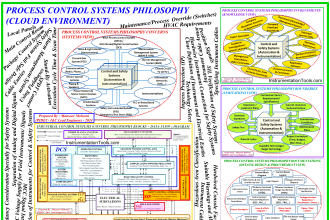In this post, we will see the concept of electromagnetic noise interference.
Electromagnetic noise is a type of disturbance affecting electrical signals. Electrical signals carry both the electric fields and magnetic fields. Due to this, electromagnetic waves are created as the electric field comes in contact with a magnetic field.
Electromagnetic Interference
Now, consider two signals travelling in parallel. Due to the radiation of electromagnetic waves from both these signals, wave from one signal interfere with the other signal and vice-versa. This is called electromagnetic interference.
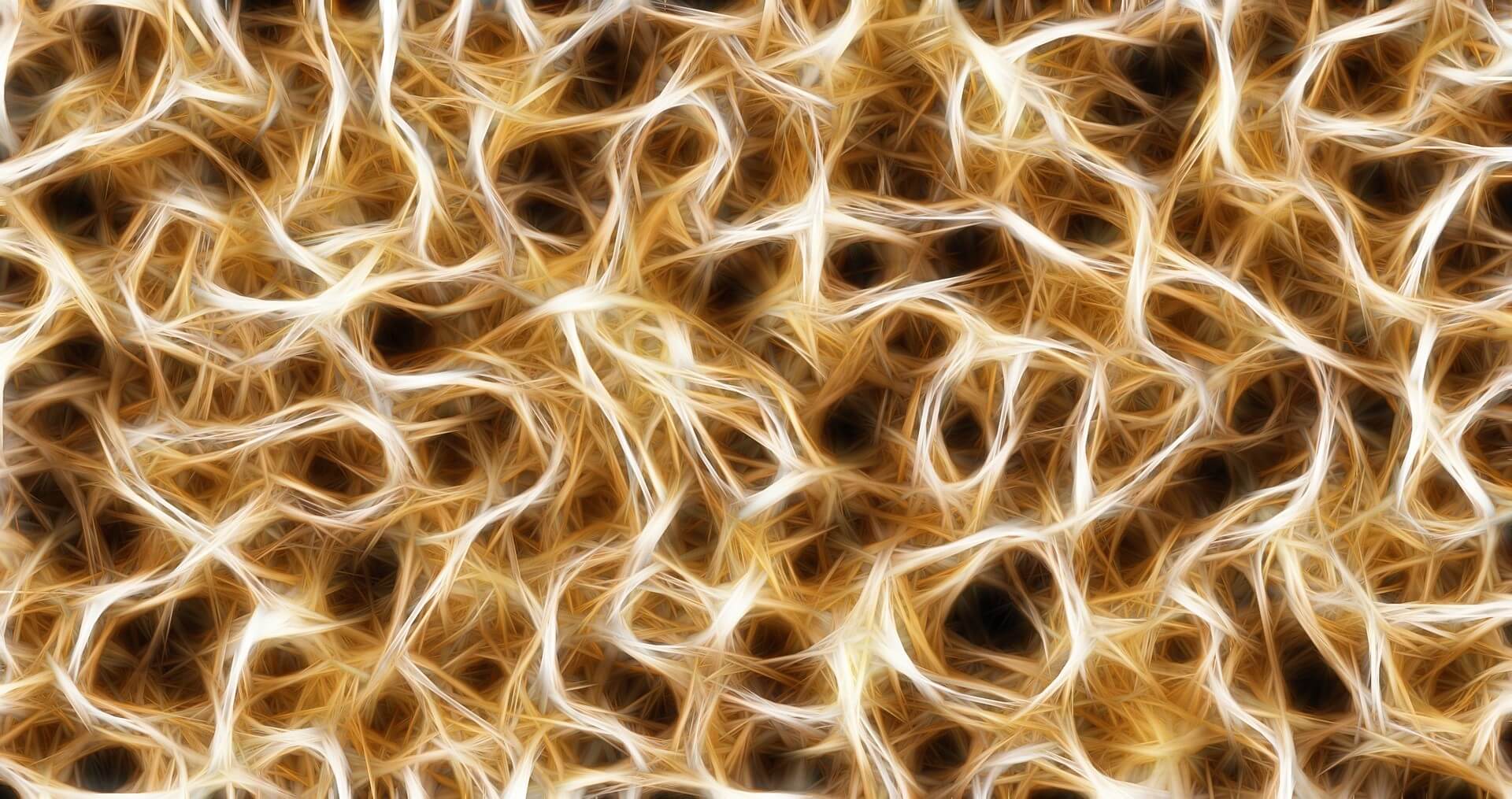
We have many types of frequency spectrums that are used. Let us start from low to high. Extremely low frequencies are electrical power transmission wires, nuclear submarines and brain waves.
Radiofrequency waves are FM radio, AM radio, TV, radar, Wi-Fi, cell phone and satellite dish. Then comes infrared, ultraviolet and x-rays.
The last highest ones are alpha rays, beta rays, gamma rays, cosmic rays, and radioactive particles. If you see all these frequencies, you will find that we are surrounded by electromagnetic waves everywhere; in our day to day life.
Electromagnetic Noise Interference
Electromagnetic waves interfere with the natural performance of other signals and distort their final output. They are so strong that they interfere with any frequency and is not necessary that it interferes only with originating frequency type ones.
EMI is transmitted and received in signals in many ways. Let us have a look at some of the most common coupling types.
- Conducted
EMI travels by way of a conduction route between two signals. Conducted coupling is of two types – common and differential.
When the noise appears in the same phase on two conductors, then it is the common mode. When the noise is out of phase on the two conductors, then it is the differential mode.
Conducted EMI appears mostly along with power cables or other interconnected cables.
- Coupled
It is of two types – magnetic and capacitive. Capacitive one occurs when a changing voltage from a source capacitively transfers a charge to the receiver.
Magnetic one occurs when two alternating and varying magnetic fields exist with each other. Due to this, the current is induced in the receiver.
- Radiated
When the transmitter and receiver are at a long distance from each other (typically more than a wavelength), EMI is radiated at the receiver side.
Types of Electromagnetic Interference (EMI)
Now, let us have a look at the types of EMI.
- Natural EMI
When EMI is generated from natural sources like lightning, electrical storms, cosmic noise etc., it is called natural EMI.
- Man Made EMI
When EMI is generated from man-made sources like radio or other sources that we discussed earlier above, it is called man-made EMI.
EMI has very large scale effects on signals. They increase error, distortion, reduce the range of the signal, create false decodes of the signal. It is reduced by many methods; but the most common ones are – filtering, shielding and grounding.
One more important point to note is that there is one signal which is not affected by EMI; that is optical fibre cable. As optical fibre uses light as a medium of transmission, it is not affected by EMI.
In this way, we saw some general concepts regarding electromagnetic noise interference.

